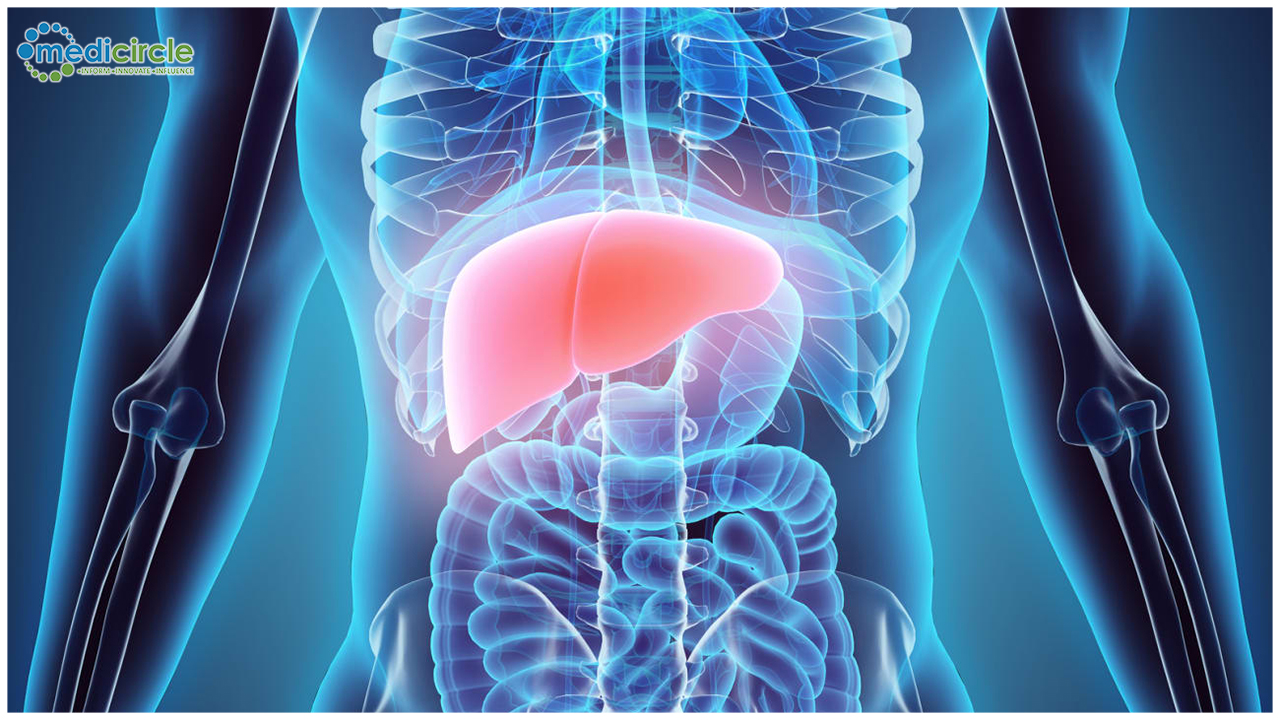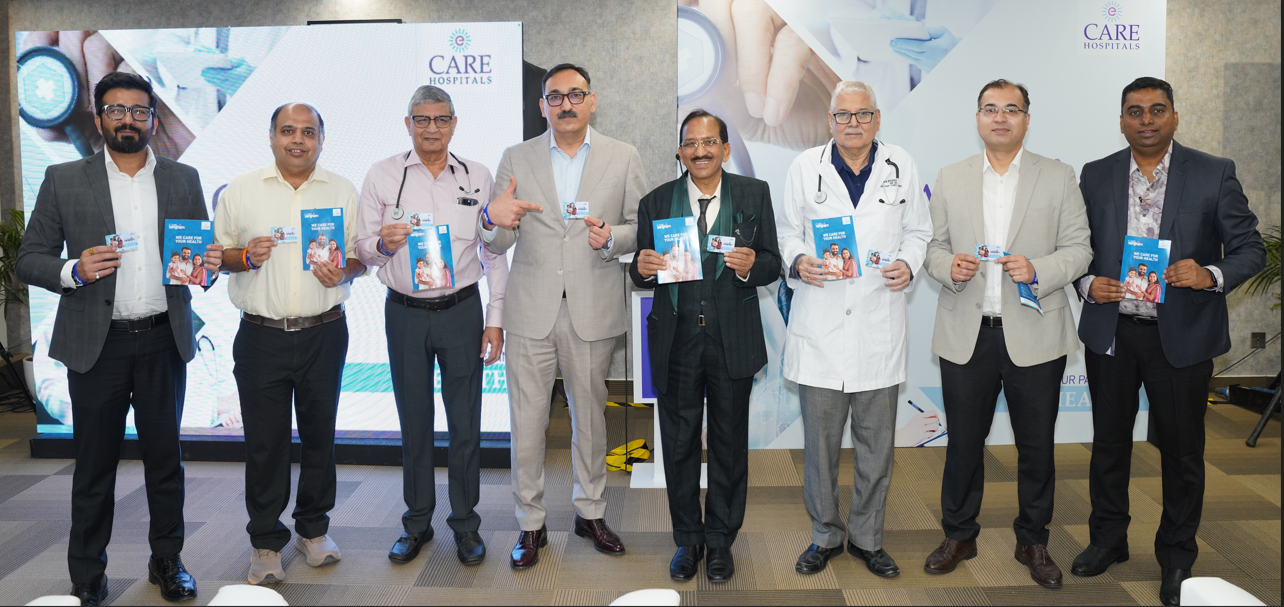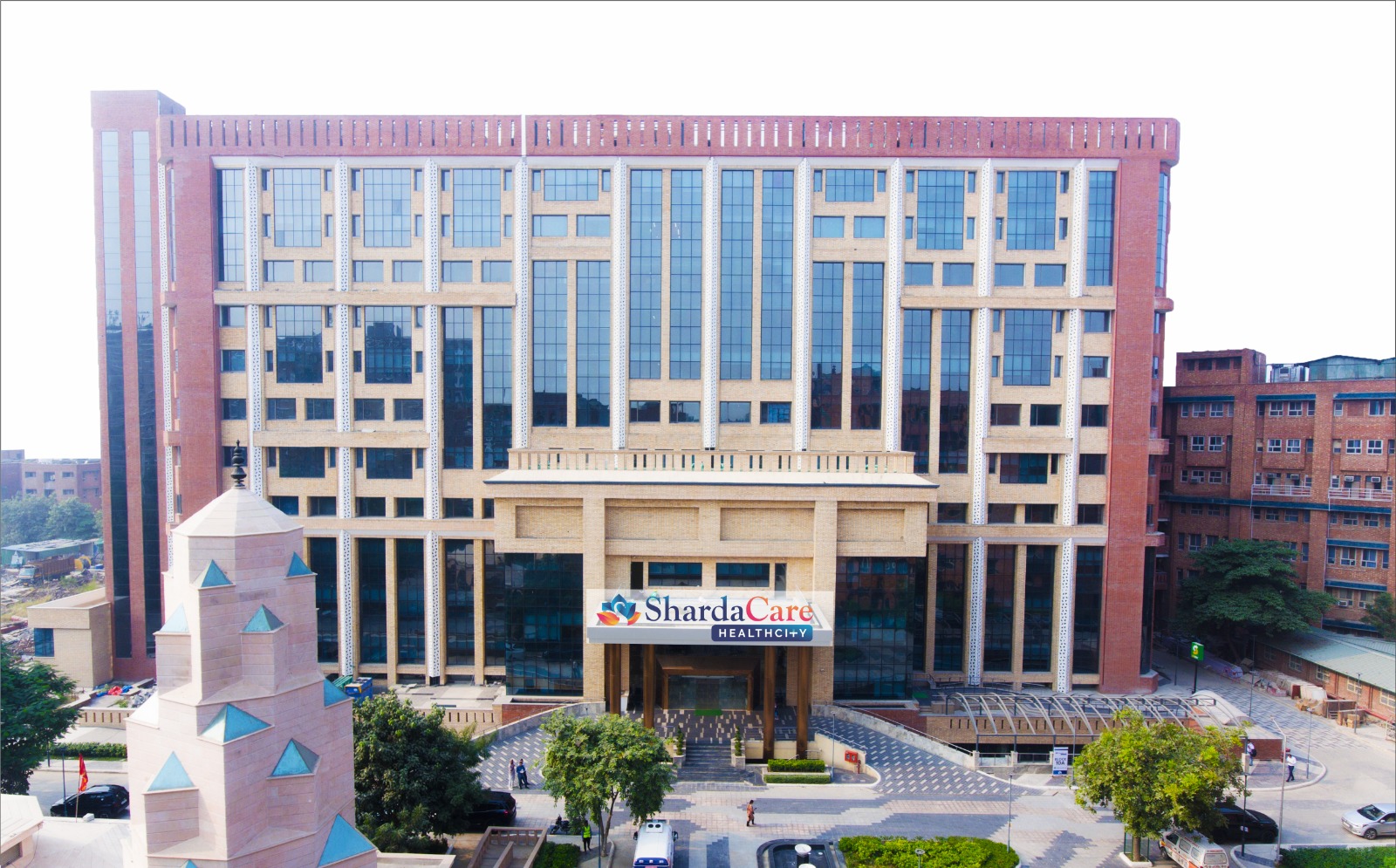Liver is a unique organ and so is liver failure. Failure of organs like kidney, heart, pancreas, small intestine can be managed medically or bridged for some time (i.e., Dialysis for kidney, Ventricular assist devices for heart, insulin for pancreas, parenteral nutrition for small bowel). However, till date, medical science has not been able to give us an artificial way of substituting functions of the liver. The only way to save the life of patients with liver failure is to do a liver transplant, sometimes within a few days of the patient getting sick.
The first liver transplant was attempted in 1963. Today, liver transplants can be performed with more than 95% success rates, average hospital stay is less than 2 weeks, and patients return back to normal life within 3-4 months after transplant. Liver donors can undergo the donation surgery with minimal risks. They stay in hospital for about a week and get back to their normal life by about 6 weeks. The remaining liver in the donor grows in size to compensate for the donated liver, and the donors have a healthy life without any restrictions or disability. Currently, liver transplant is the standard of care for liver failure. With the excellent outcomes of liver transplant, the only things that stands between a sick patient and healthy life, is the availability of liver.
Majority of the liver transplants are performed using living donor grafts, where a close relative donates a part of the liver to the patient who would otherwise die without a liver transplant.
Such was the case of a 4-year boy who had developed acute liver failure as a result of side-effect of some medicines he had taken. He was in need of an urgent liver transplant which was performed using a part of the liver (left lobe) donated by his mother. Today, 3 years after transplant, he is going to a regular school and is as normal a 7 year old can be. The other was a 4 month old child born with a bad liver, who underwent a liver transplant using a part of liver donated by his father. More recently, a daughter come forward to donate a part of her liver to her father who was suffering from liver failure. To complicate matters, the father also had heart disease (coronary artery disease). The team at Apollo Hospitals, performed a combined Coronary Artery Bypass Graft (CABG) and liver transplant successfully and the patient and donor have been long discharged from the hospital. These are only few of the innumerable instances when timely liver donation was a life saver, indeed a ‘Gift of Life’.

 Majority of the liver transplants are performed using living donor grafts, where a close relative donates a part of the liver to the patient who would otherwise die without a liver transplant.
Majority of the liver transplants are performed using living donor grafts, where a close relative donates a part of the liver to the patient who would otherwise die without a liver transplant.











.jpeg)

.jpeg)
.jpeg)
.jpeg)


.jpg)


.jpeg)
.jpeg)


.jpeg)
.jpg)




